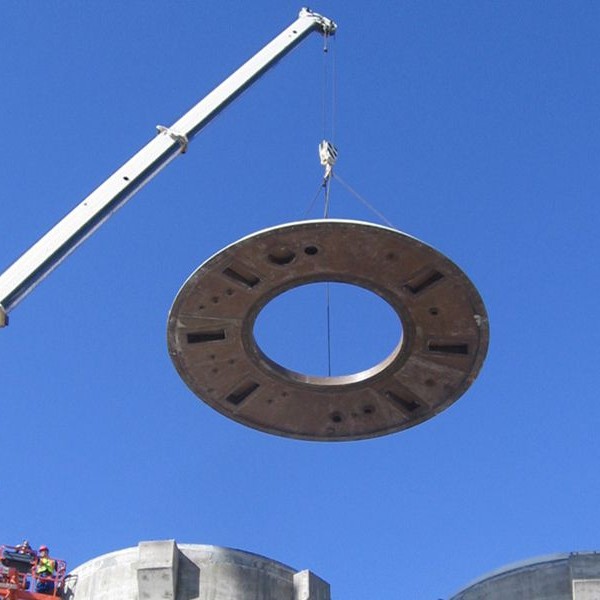
-
 Afrikaans
Afrikaans -
 Albanian
Albanian -
 Amharic
Amharic -
 Arabic
Arabic -
 Armenian
Armenian -
 Azerbaijani
Azerbaijani -
 Basque
Basque -
 Belarusian
Belarusian -
 Bengali
Bengali -
 Bosnian
Bosnian -
 Bulgarian
Bulgarian -
 Catalan
Catalan -
 Cebuano
Cebuano -
 China
China -
 China (Taiwan)
China (Taiwan) -
 Corsican
Corsican -
 Croatian
Croatian -
 Czech
Czech -
 Danish
Danish -
 Dutch
Dutch -
 English
English -
 Esperanto
Esperanto -
 Estonian
Estonian -
 Finnish
Finnish -
 French
French -
 Frisian
Frisian -
 Galician
Galician -
 Georgian
Georgian -
 German
German -
 Greek
Greek -
 Gujarati
Gujarati -
 Haitian Creole
Haitian Creole -
 hausa
hausa -
 hawaiian
hawaiian -
 Hebrew
Hebrew -
 Hindi
Hindi -
 Miao
Miao -
 Hungarian
Hungarian -
 Icelandic
Icelandic -
 igbo
igbo -
 Indonesian
Indonesian -
 irish
irish -
 Italian
Italian -
 Japanese
Japanese -
 Javanese
Javanese -
 Kannada
Kannada -
 kazakh
kazakh -
 Khmer
Khmer -
 Rwandese
Rwandese -
 Korean
Korean -
 Kurdish
Kurdish -
 Kyrgyz
Kyrgyz -
 Lao
Lao -
 Latin
Latin -
 Latvian
Latvian -
 Lithuanian
Lithuanian -
 Luxembourgish
Luxembourgish -
 Macedonian
Macedonian -
 Malgashi
Malgashi -
 Malay
Malay -
 Malayalam
Malayalam -
 Maltese
Maltese -
 Maori
Maori -
 Marathi
Marathi -
 Mongolian
Mongolian -
 Myanmar
Myanmar -
 Nepali
Nepali -
 Norwegian
Norwegian -
 Norwegian
Norwegian -
 Occitan
Occitan -
 Pashto
Pashto -
 Persian
Persian -
 Polish
Polish -
 Portuguese
Portuguese -
 Punjabi
Punjabi -
 Romanian
Romanian -
 Russian
Russian -
 Samoan
Samoan -
 Scottish Gaelic
Scottish Gaelic -
 Serbian
Serbian -
 Sesotho
Sesotho -
 Shona
Shona -
 Sindhi
Sindhi -
 Sinhala
Sinhala -
 Slovak
Slovak -
 Slovenian
Slovenian -
 Somali
Somali -
 Spanish
Spanish -
 Sundanese
Sundanese -
 Swahili
Swahili -
 Swedish
Swedish -
 Tagalog
Tagalog -
 Tajik
Tajik -
 Tamil
Tamil -
 Tatar
Tatar -
 Telugu
Telugu -
 Thai
Thai -
 Turkish
Turkish -
 Turkmen
Turkmen -
 Ukrainian
Ukrainian -
 Urdu
Urdu -
 Uighur
Uighur -
 Uzbek
Uzbek -
 Vietnamese
Vietnamese -
 Welsh
Welsh -
 Bantu
Bantu -
 Yiddish
Yiddish -
 Yoruba
Yoruba -
 Zulu
Zulu
flue gas desulfurization
Flue Gas Desulfurization A Comprehensive Overview
Flue gas desulfurization (FGD) is a critical process in modern industrial and power generation operations aimed at reducing sulfur dioxide (SO₂) emissions. As global awareness of environmental issues increases, the demand for effective emission control technologies has surged, positioning FGD as a vital component of strategies aimed at mitigating air pollution and combating climate change.
The Importance of FGD
Sulfur dioxide is a significant pollutant emitted from the combustion of fossil fuels, particularly coal and oil. It is a primary contributor to acid rain, which poses grave environmental threats, including soil degradation, water body acidification, and harm to aquatic and terrestrial ecosystems. Furthermore, SO₂ can lead to respiratory problems in humans, aggravating conditions like asthma and bronchitis. Therefore, implementing FGD systems is not merely a regulatory obligation; it is a societal responsibility to protect public health and the environment.
Principles of Flue Gas Desulfurization
FGD technologies primarily aim to remove sulfur oxides from exhaust gases produced by industrial processes, especially in power plants. The process generally involves two key methodologies wet scrubbing and dry scrubbing.
1. Wet Scrubbing This is the most common method. It involves the absorption of SO₂ from flue gas into a liquid solution, typically a slurry of limestone or lime. The chemical reaction between sulfur dioxide and lime produces calcium sulfite, which can be further oxidized to gypsum, a valuable byproduct used in construction and agriculture. Wet scrubbing systems are highly effective, often achieving SO₂ removal efficiencies of over 90%.
2. Dry Scrubbing In this method, finely powdered alkaline materials, such as calcium carbonate or sodium bicarbonate, are injected into the flue gas stream. The dry material reacts with the SO₂ in the gas to form solid byproducts which can be collected and disposed of or utilized. While dry scrubbing systems generally have lower removal efficiencies than wet systems, they require less water and might be more suitable in areas with water scarcity.
flue gas desulfurization

Technological Advances in FGD
Recent advancements in FGD technology have significantly enhanced efficiency and reduced operational costs. Innovations include the development of high-efficiency scrubbers, improvements in sorbent recycling processes, and the incorporation of advanced monitoring and control systems. These advances not only optimize the performance of existing FGD systems but also help industries comply with stringent environmental regulations.
Moreover, researchers are exploring alternative sorbents and hybrid systems that combine both wet and dry scrubbers to capitalize on the strengths of each technology. This flexibility allows for better adaptation to varying sulfur content in fuels and changing regulations.
Economic and Regulatory Considerations
The implementation of FGD systems incurs considerable capital and operational costs. However, the economic justification is often compelling when considered against the potential costs of regulatory non-compliance, public health expenditures related to pollution, and the long-term benefits of improved air quality. Many governments worldwide have enacted stricter emission limits, making FGD systems not just a choice, but a necessity for many industries.
In addition to compliance with regulations, industries with effective FGD solutions may experience enhanced market competitiveness. As consumers and clients increasingly favor environmentally responsible practices, having robust emission control systems can improve a company’s reputation and bottom line.
Conclusion
Flue gas desulfurization plays an essential role in reducing sulfur dioxide emissions, thereby protecting the environment and public health. Through various technological approaches and continuous advancements, FGD systems can meet the increasingly stringent regulations surrounding air quality. While the initial investment in FGD technology may be significant, the long-term benefits for industries, society, and ecosystems make it an indispensable element of sustainable industrial practices. As the world moves toward a greener future, FGD will undoubtedly remain at the forefront of efforts to mitigate environmental impact and promote cleaner air.









